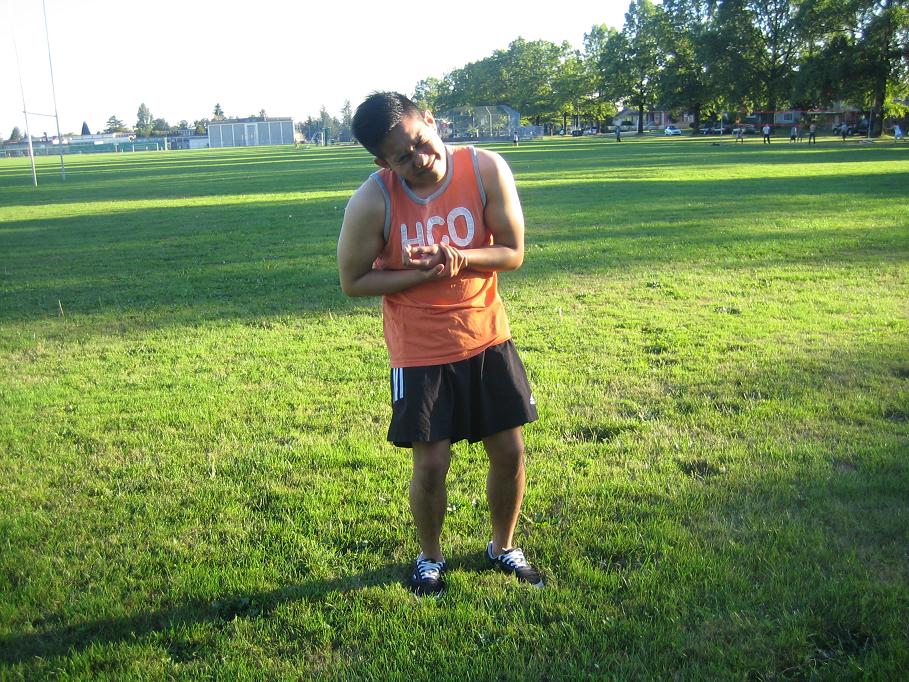A bee sting can cause discomfort or a severe allergic reaction. A sting is likely to occur when spending time outdoors. An accidental encounter with bees might lead to a bee sting or several stings especially if a bee hive is disturbed.
First aid for a bee sting
It is vital that you are prepared to manage a bee sting. The following steps must be observed once an individual sustained one.
- Move the individual away from bees to prevent additional stings. Remember that bees call for help by releasing a scent to inform other bees of a potential threat.
For a minor reaction, you can apply a cool compress on the bite site to reduce the pain and swelling. - In case the symptoms of anaphylaxis arise, a reaction is likely to occur within the initial 3-4 hours, usually within the first 30 minutes. The symptoms that might arise include flushing, warmth, red itchy rash or a tingling mouth. In severe reactions, there is a drop in the blood pressure that results to loss of consciousness and even shock. This requires a shot of epinephrine which reverses a reaction temporarily so that immediate medical care can be sought.
- For a minor reaction, you can apply a cool compress on the bite site to reduce the pain and swelling. An ice pack can also be used but make sure that it is wrapped with a clean cloth or towel.
What happens to the body?
The allergy symptoms from a bee sting arise due to the chain reaction that starts in the immune system. The immune system overly reacts to an allergen that entered the body.
Most allergens are relatively harmless but a highly sensitive individual perceives it as a threat. Histamine is one of the chemicals released by the body during a reaction which triggers symptoms such as swelling.
Upon exposure to an allergen, the mast cells release histamine. Once histamine attaches to the cells known as receptors on nearby blood vessels, they enlarge which results to swelling, redness, itchiness and changes in the secretions.
How to antihistamines work?
Antihistamines do not prevent the mast cells from releasing histamine. They simply stop the cells being affected by histamine in a normal way by impersonating it and attaching to the receptor cells. As a result, histamine is blocked from instigating the allergy symptoms.
More Information / Disclaimer
The information posted on this page on a bee sting is for learning purposes only. Learn to recognize and manage insect stings and bites by taking a standard first aid course with Red Deer First Aid.


